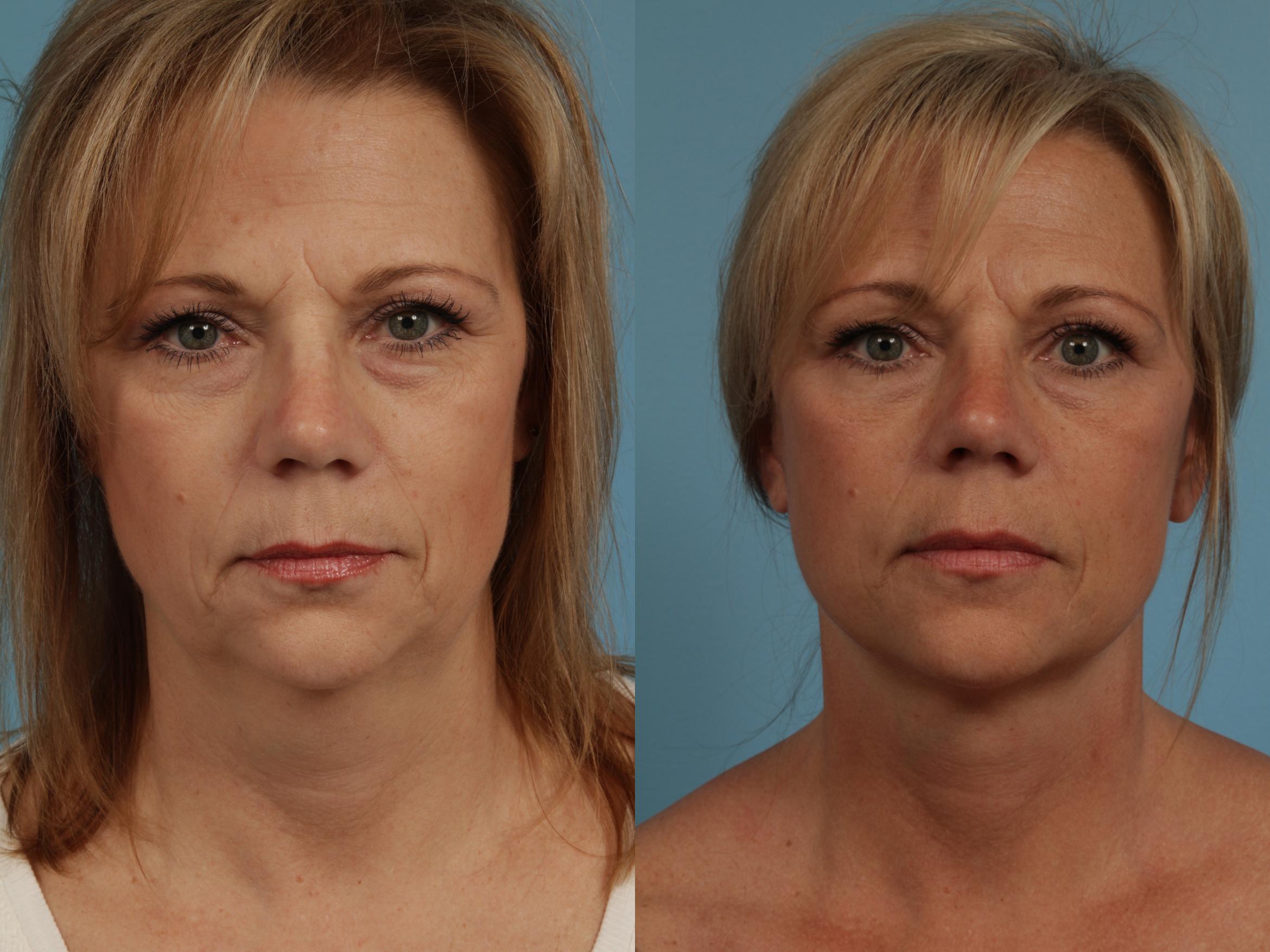
Plastic surgery reconstruction is a cosmetic procedure that can help people overcome the physical limitations posed by a disease or injury. One technique used in this procedure is the surgical flaps. Reconstructive and microsurgery are also available to treat certain types of cancer. It is a peer-reviewed journal that covers all aspects of plastic surgery, including operative techniques, clinical research, and case reports.
Breast reconstruction may be considered a cosmetic procedure.
Patients can have breast reconstruction after a mastectomy to replace the lost tissue. This procedure can be performed on all ages and is considered minor. The surgeon will attempt to match the new breast with the original one during the procedure. However, the finished result may not be perfect. If a woman has had cancer treatment, she can delay reconstruction until she is finished.
A newer type of breast reconstruction procedure involves the use of autologous fat grafting, which is tissue harvested from another part of the body. This fat tissue is liquified and then injected into the reconstructed breast area. This procedure is used to correct breast deformities. However, it can also be used for rebuilding entire breasts. It is also safe.

Reconstructive procedure called facial reconstruction
Facial reconstructive surgery involves the reconstruction of the patient's facial appearance using a variety of surgical procedures. These procedures can treat many facial injuries such as those to the cheeks or eyelids, noses, ears, lips, mouth, nose and ears. Facial reconstruction can also improve the balance and symmetry in the face.
Facial reconstructive surgery is the process of reattaching blood vessels and skin. This procedure can be done in a doctor's office, an outpatient surgical center or in a hospital. The surgeon will collect a detailed medical history before deciding whether to use the patient’s tissue or a prosthetic to restore the facial structure.
Reconstructive microsurgery is a cancer treatment
Microsurgery can be used to reconstruct the appearance of damaged areas or organs. It uses the patient's own tissue and avoids scarring. It also allows patients to recover faster and with fewer complications. This procedure can also reduce the amount of opioid pain medication that cancer patients need. Patients may need physical therapy in some cases. Different types of cancer can be treated with reconstructive microsurgery.
Reconstructive microscopic surgery is a good way to heal a severely damaged area. The surgeon can use the patient's own tissue or graft it from a donor site. The tissue may include fat, skin, muscle, bone or a combination thereof.

Surgical flaps used in reconstructive surgery
Surgical flaps, which are often used to reconstruct the skin and face of damaged areas in the body, can be used. The benefits of surgical flaps include improved aesthetics, increased surgeon's ability to treat patients too large for other techniques, and the ability to remove previously unresectable tumors. Many patients have experienced an improvement in their quality of life due to the surgical flaps. As new techniques are developed, cosmetic outcomes are improving, and technical success rates are approaching 100 percent.
There are many types and styles of surgical flaps. They can be divided into three categories: pedicled flaps, advancement flaps, and distant pedicle flaps. The type of flap used depends on the nature of the defect. Advance flaps transfer skin from one place to another. Pivotal flaps allow for the transfer of skin.